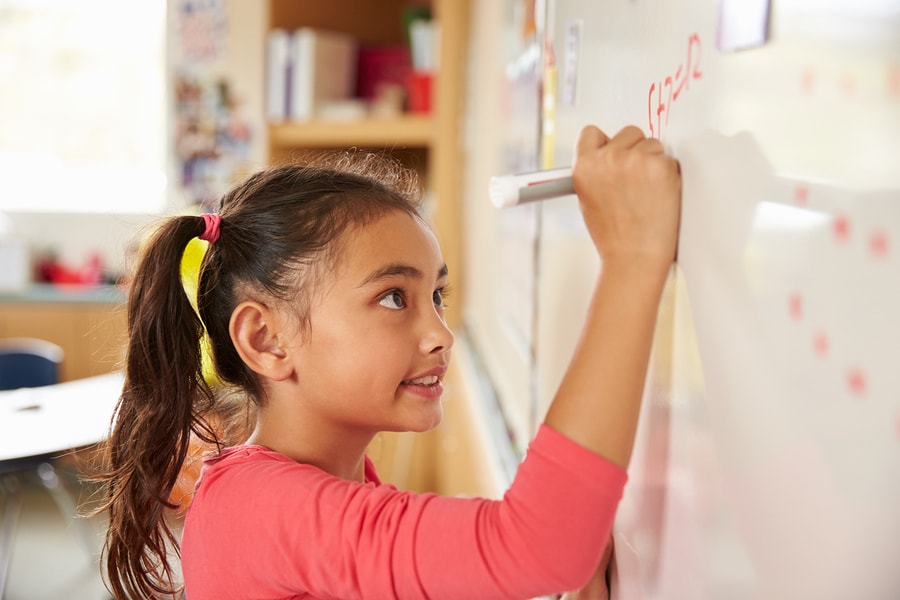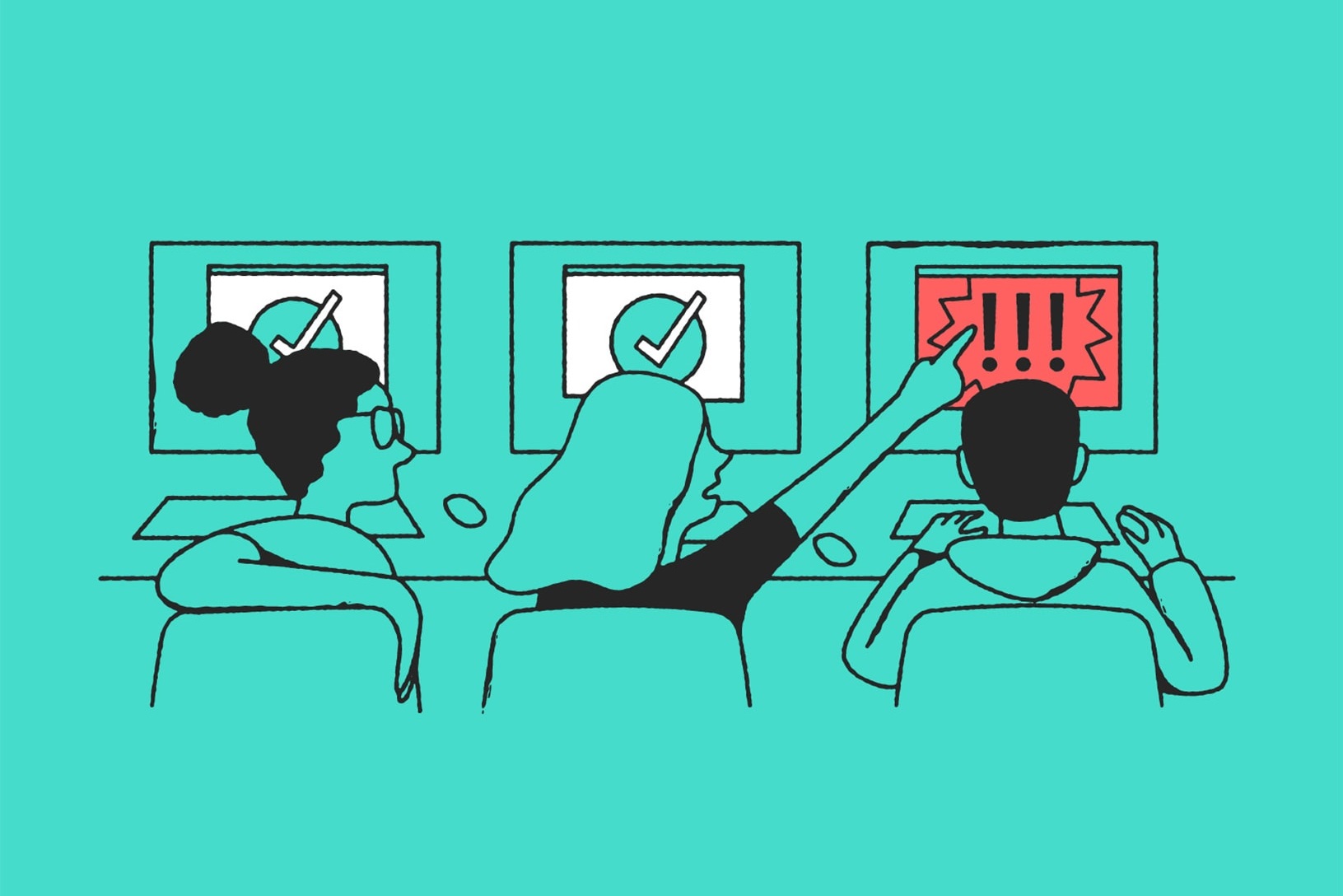The competency-based education system seeks to empower students with mastery of diverse fields of study in a flexible and adaptive educational program.
Image: Bigstock
An exhaustive analysis of competency-based education by Getting Smart defines the learners of the future; students who design their own learning paths in a flexible and adaptable system.
According to the report, the objective of competency-based education is to prepare individuals for the challenges of the future; empower students with knowledge and skills in various fields of study in a flexible educational program tailored to each student.
The competencies that students must master include explicit and measurable learning objectives. In this educational model, students receive timely and differentiated support according to their individual learning needs.
Also, Getting Smart researchers defined five characteristics that describe a self-sufficient student.
-
Holders of knowledge. Curious about their environment, their culture and their history; interested in sciences and mathematics behind the phenomena; seekers of justice and democracy.
-
Masters of fundamental literacies. They get the necessary skills to prepare for college, practice the profession and life; they are critical readers; compelling writers, mathematical thinkers and visualize data effectively.
-
Original thinkers. They deal with conflicting knowledge; they come up with many ideas in new and ambiguous situations; they rethink, imagine and see problems from different perspectives.
-
Generous collaborators that solve problems. They work as a team and share their strengths; they value the experience in others; they are inquisitive citizens of the world who seek and respect diversity and different points of view.
-
Lifelong learners. Self-taught and self-directed; apprentices curious about themselves and the world; inventors of their own paths of learning, career, and life.
Challenges for its implementation
This system with proactive and self-directed students challenges traditional learning; however, its adoption is not a simple task. Different questions arise:
-
How to define the competencies that students should master? Restricting knowledge to some skills can be reductionist.
-
How to transform education systems? Changing the paradigm is a technical, pedagogical and cultural challenge.
-
What tools to use? Current platforms and materials are age-focused and and do not respond to individual progress.
-
How to evaluate? Qualifying and reporting the progress of students while mastering competencies or adding measures of success in a new evaluation system are challenges not yet explored.
In theory, education should adapt to the needs of each student. School should provide skills to future professionals to adjust adequately to the jobs that the market and technology demand. However, there are still no educational programs capable of achieving this.
If you are interested in this topic and want to know what some US institutions are doing in this regard, we invite you to review the full report here.
This article from Observatory of the Institute for the Future of Education may be shared under the terms of the license CC BY-NC-SA 4.0 
)
)











)
Paulette Delgado
Paulette Delgado
Paulette Delgado